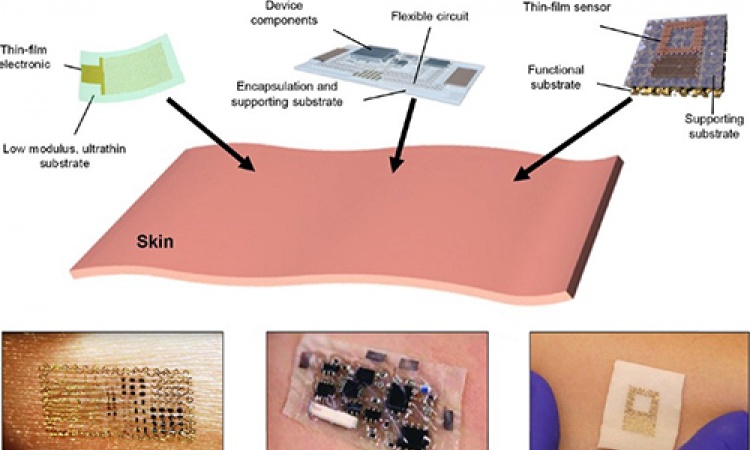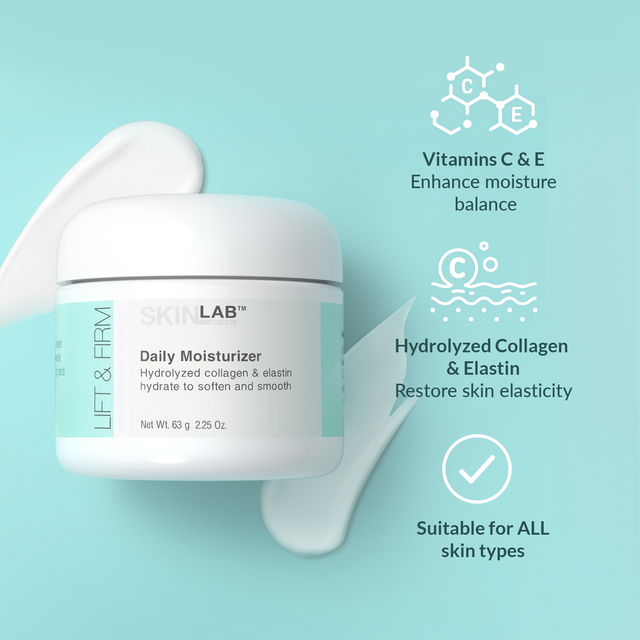

The physical and chemical features of the skin select for unique sets of microorganisms that are adapted to the niche they inhabit. To further our understanding of health, disease and infection of the skin, microbiologists, immunologists and dermatologists have partnered with genomic scientists to develop a more complete characterization of the skin microbiota and how it interacts with the host ( FIG. Perturbations affecting the host–microorganism relationship can be endogenous (for example, genetic variation that selects for a specific microbial community) or exogenous (for example, hand washing). Disruptions in the balance on either side of the equation can result in skin disorders or infections. The perception of the skin as an ecosystem - composed of living biological and physical components occupying diverse habitats - can advance our understanding of the delicate balance between host and microorganism. Skin appendages include hair follicles, sebaceous glands and sweat glands.

Skin mites, such as Demodex folliculorum and Demodex brevis, are some of the smallest arthropods and live in or near hair follicles.

Virus particles live both freely and in bacterial cells. grow both as branching filamentous hypha and as individual cells. On the skin surface, rod and round bacteria - such as Proteobacteria and Staphylococcus spp., respectively - form communities that are deeply intertwined among themselves and other microorganisms. Microorganisms (viruses, bacteria and fungi) and mites cover the surface of the skin and reside deep in the hair and glands. Schematic of skin histology viewed in cross-section with microorganisms and skin appendages


 0 kommentar(er)
0 kommentar(er)
